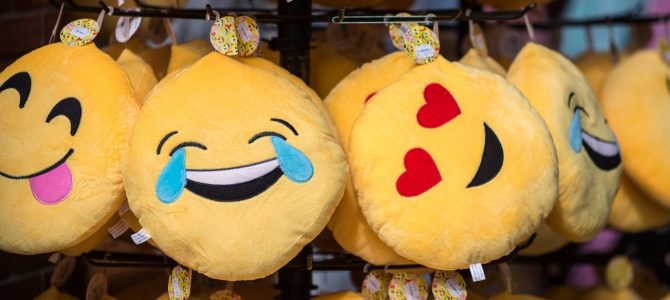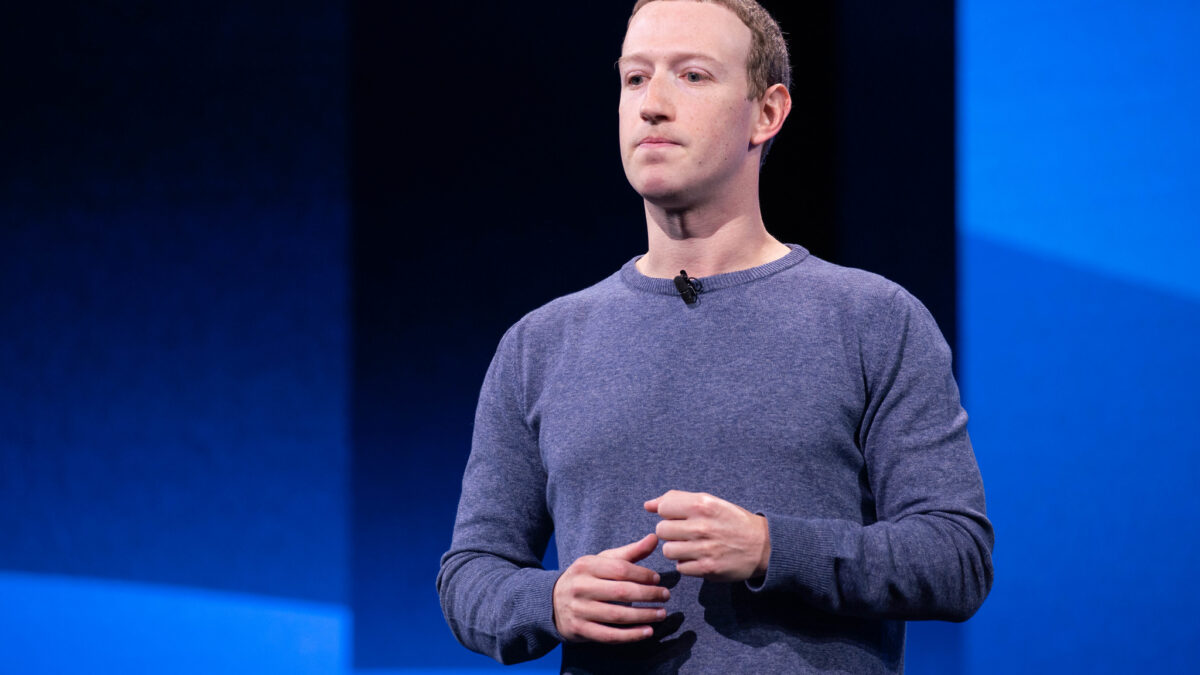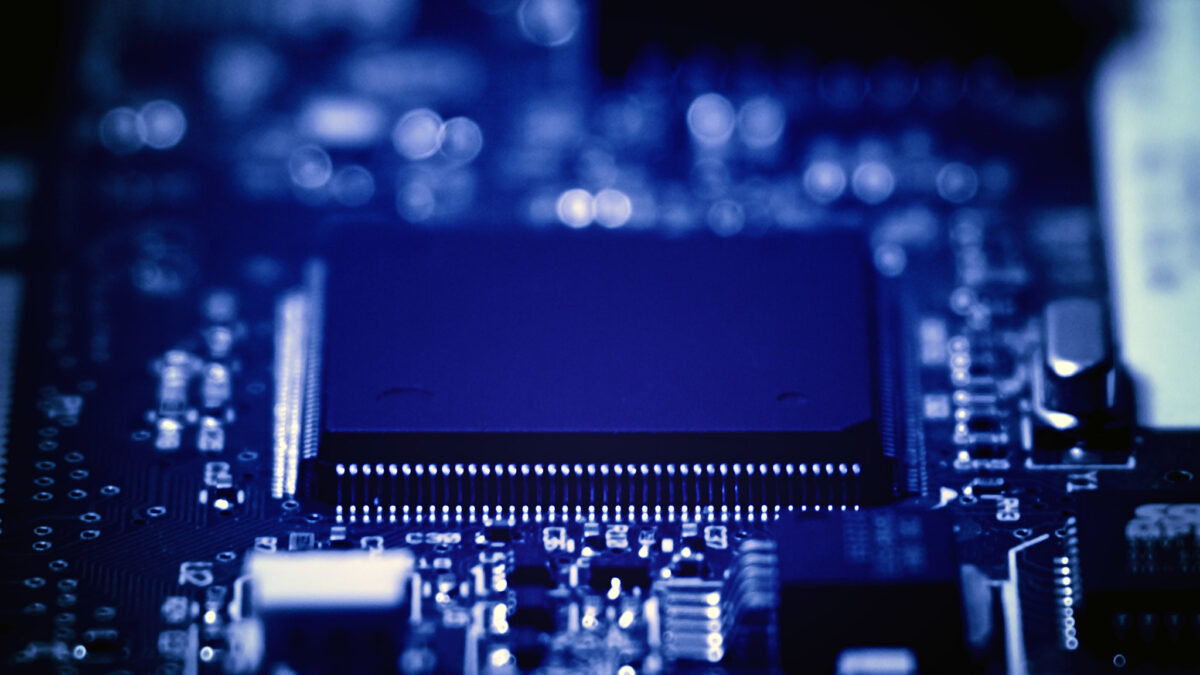
The emoji keyboard is constantly expanding. The emoji approval board accepts proposals from anyone, and makes its decisions behind closed doors. The 2020 Emoji additions made the emoji keyboard even more unwieldy and encumbered than before. There are 117 new emojis, including 6 busts of men with mustaches in wedding veils, and 6 genderless figures feeding babies.
📝 Now approved: 117 new emojis for 2020 #Emoji2020 https://t.co/SojQuXZvv6 pic.twitter.com/sHp7GDsSal
— Emojipedia (@Emojipedia) January 29, 2020
There’s a push for even more individual representation in the emoji alphabet. But wouldn’t it be better if the new hieroglyphs were more universal instead of more specific? It would decrease scrolling—which, let’s face it, is annoying—and would make us embrace our similarities as opposed to persistently and purposefully seeing our differences.
The process for an emoji’s acceptance into the keyboard canon begins with a submission to Unicode. “Anyone can submit a proposal for an emoji character, but the proposal needs to have all the right information for it to have a chance of being accepted.”
While the proposal format is rather exhaustive, Unicode Standard currently has more than 3,000 emojis as of March 2019. “This includes sequences for gender or skin tone, flags, and the components that are used to create keycap, flag, and other sequences. Of the 3,019 emojis, some may use the same appearance.”
Emoji are the language of emotion, so it makes sense that there should be as many as there are intelligible emotions. Emojis contain no sounds, or words; they are symbols, a visual representation of internal emotional life. As such, they need no identity beyond their representative feeling.
Happy does not have a skin color or a head covering. Fist bumps, high fives, prayer hands, all convey a feeling irrelative of the color. It would be as reasonable to make all the skin tones brown as it would to make them yellow, or to make them all orange, or teal.
Throughout human history, we have embraced different language forms, and it’s fair to say that the language of emoji is a new development. Writing in “The New Science” (1744), Giambatista Vico talks about the importance of those past variants, how ideas came to be expressed, and how hard it is for adherents of one linguistic form to understand the previous ones: “Scholars have failed to understand how the first nations thought in poetic characters, spoke in fables, and wrote in hieroglyphs. Yet these should have been the principles, which must by their nature be most certain, of philosophy in its study and human ideas and of philology in its study of human words.” Emoji is a new facet of that development.
Just as the ways our ancestors revealed ideas evolved from one form of communication to another, the way in which we reveal emotion has moved away from the rational, language-based method, into the pictorial, more visceral expression of feeling. At their best, emoji reflect an emotion, not a person having an emotion. That is why the emotive “scream” emoji, evocative of the figure in Edvard Munch’s iconic painting, does not need to come in racial, religious, or sex variants. It needs nothing more than the personification of that “scream against nature” to elicit the intended feeling.
Much like the pain face charts in hospitals and doctors’ offices, emoji are designed to offer representations of feelings across any other dividing lines. If feeling intense pain, make a grimace face. If feeling intense love, type a face with hearts for eyes.
The idea of a language constructed entirely for the expression of emotional states of being has sprung into existence, in part, to take down barriers. Yet, by insisting on further variants, we’re using emoji to further the divisions this new language could easily break down.
Emotions are a sameness between us, across race, sex, culture, or creed. We all feel the same things. That is what makes us able to feel compassion despite any external differences. Why, then, do we feel a need to divide ourselves via physical characteristics in the land of emoji?
The first emojis were simple, comprised of punctuation marks. Colon, parentheses smiley faces, surprised faces with capital Os, semicolon winks, joking Ps for stuck-out tongues—these were the straightforward, easy language of emotion derived from the existing QWERTY keyboards. Since then, the evolution of the emoji has ballooned, exploded into an identity formulation of emotion and physical representation that is more a projection of ego than a sharing of feeling.
What we need is unity, not division. We know well enough our differences, but we have no idea anymore what keeps us together. It is through embracing what connects us that we will find our common language.
If emotion is anything, it is the most common, basic language that we have. There is no Tower of Babel that can crumble our emotional sameness, except intentional partitioning.
The well-known psychologist Jonathan Haidt remarked that “you can have diversity within a shared sense of identity. And if you don’t have that shared sense of identity, it’s going to be very divisive.” Haidt goes on to say that “human nature is really unsuited for life in large, multi-ethnic democracies. We are small, tribal, living primates, and somehow we have created conditions where we can actually do it pretty well. But we have to always be vigilant, we can’t take it for granted, and I think that’s what we’ve done.”
We take for granted that we will retain enough common ground to keep our society together, but this takes intention. We can’t keep splintering off into smaller and smaller subsets of groups, identified by physical characteristics, using those physical characteristics as indicators of internal differences. In the language of pure emotion, we should strive to find what unites us. It turns out it’s not that hard.
Emoji is how we communicate feelings across languages, despite physical barriers. The keyboard should be simplified to reflect that, not expanded into infinity.









